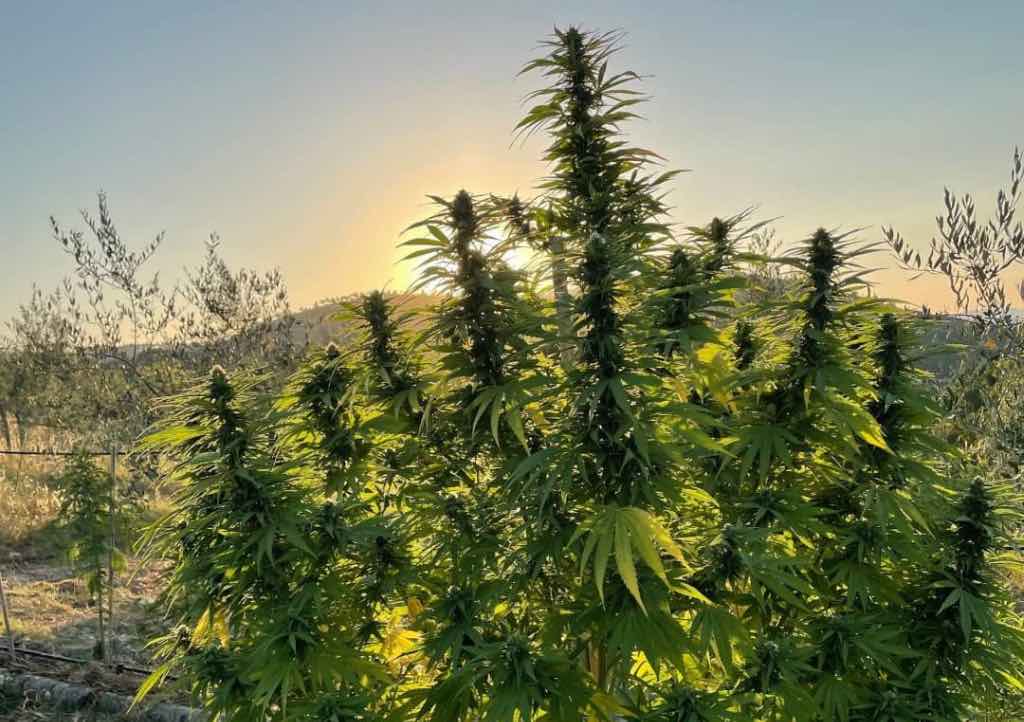Introduction:
As the legalization of cannabis continues to expand across Canada, growers are faced with the decision of whether to cultivate their plants indoors or outdoors. Each method offers distinct advantages and challenges, influenced by factors such as climate, cost, and regulatory requirements. In this blog post, we’ll explore the pros and cons of indoor and outdoor cultivation for Canadian growers, helping them make informed decisions based on their specific needs and circumstances.
Indoor Cultivation:

Pros:
- Climate Control: Indoor cultivation provides growers with precise control over environmental factors such as temperature, humidity, and light cycles. This allows for year-round cultivation regardless of external weather conditions, ensuring consistent plant growth and quality.
- Security: Indoor grow facilities can be more secure than outdoor sites, reducing the risk of theft and unauthorized access. Controlled access points, surveillance systems, and security protocols help protect valuable crops and assets.
- Higher Yields: With optimized growing conditions and the ability to implement advanced cultivation techniques such as hydroponics or aeroponics, indoor growers can often achieve higher yields per square foot compared to outdoor cultivation.
- Pest and Disease Control: Indoor environments are easier to monitor and control for pests, diseases, and other potential threats to plant health. This reduces the need for pesticides and minimizes the risk of crop loss due to infestations or infections.
Cons:
- Higher Costs: Indoor cultivation typically requires significant upfront investment in infrastructure, equipment, and utilities such as lighting and climate control systems. Operating expenses, including electricity and ventilation, can also be higher than outdoor cultivation.
- Energy Consumption: The intensive use of artificial lighting and HVAC systems in indoor grow operations contributes to high energy consumption and carbon emissions. This environmental impact may be a concern for growers aiming to minimize their carbon footprint.
- Regulatory Compliance: Indoor growers must adhere to strict regulations governing security, odor control, waste disposal, and other aspects of cannabis cultivation. Compliance with these requirements adds administrative complexity and may entail additional costs.
Outdoor Cultivation:

Pros:
- Lower Costs: Outdoor cultivation requires minimal infrastructure and relies primarily on natural sunlight, significantly reducing capital expenditures and operating costs compared to indoor growing. This makes it a more accessible option for smaller-scale growers and those on a limited budget.
- Sustainability: By harnessing natural sunlight and soil, outdoor cultivation has a lower environmental footprint compared to indoor methods. Reduced energy consumption and reliance on synthetic inputs contribute to a more sustainable and eco-friendly growing process.
- Larger Scale: Outdoor grow sites offer the potential for larger-scale cultivation and higher plant counts, maximizing production output and economies of scale. This scalability can be advantageous for commercial growers aiming to meet market demand efficiently.
- Terroir Effects: Outdoor-grown cannabis may benefit from unique environmental factors and terroir effects, resulting in distinct flavors, aromas, and cannabinoid profiles. This differentiation can be appealing to consumers seeking artisanal, region-specific cannabis products.
Cons:
- Weather Dependence: Outdoor cultivation is subject to weather fluctuations, seasonal changes, and unpredictable environmental factors such as pests, diseases, and natural disasters. Adverse weather conditions, such as heavy rains or frost, can damage crops and reduce yields.
- Security Risks: Outdoor grow sites are more vulnerable to theft, vandalism, and unauthorized access compared to indoor facilities. Remote locations and limited surveillance make it challenging to monitor and protect crops effectively, requiring additional security measures.
- Regulatory Constraints: Outdoor growers must comply with regulations governing land use, environmental impact, odor control, and zoning restrictions. Permitting and licensing processes may vary by region and municipality, requiring careful planning and compliance efforts.
Conclusion:
Indoor and outdoor cultivation each offer distinct advantages and challenges for Canadian cannabis growers. Indoor cultivation provides precise control over growing conditions, higher yields, and enhanced security but comes with higher costs and regulatory requirements. In contrast, outdoor cultivation offers lower costs, scalability, and potential terroir effects but is subject to weather dependence, security risks, and regulatory constraints.
Ultimately, the decision between indoor and outdoor cultivation depends on factors such as budget, scale, climate, regulatory considerations, and grower preferences. Some growers may opt for a hybrid approach, combining elements of indoor and outdoor cultivation to leverage the benefits of both methods. By carefully weighing the pros and cons and considering their specific circumstances, Canadian growers can choose the most suitable cultivation method to maximize their success and sustainability in the evolving cannabis industry.
